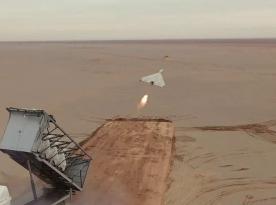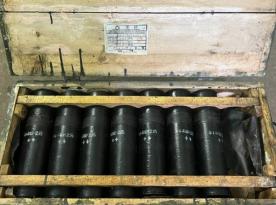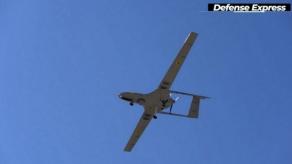Footage of this makeshift armor appeared on social media, shared via russian propaganda channels. This raises a logical question: how effective is this form of "protection" for a system considered a scarce and valuable asset in the russian army?
According to open-source intelligence analysts from Oryx, russia has lost at least eight Zoopark-1 (1L259) radars and a minimum of fifteen Zoopark-1M (1L260) systems since the beginning of its full-scale invasion of Ukraine.
Read more: Ukrainian Forces Destroy russian Zoopark-1 Counter-Battery Radar Used to Track Artillery Positions (Video)

By technical specifications, the Zoopark-1M can detect 152 mm Soviet and 155 mm NATO artillery systems at distances up to 23 kilometers. This range highlights a critical tactical detail. russian radar crews are forced to operate dangerously close to the frontline, where Ukrainian drones pose a constant threat.
The overall picture suggests the following. The crude protective measures seen on the Zoopark-1M radar, such as rubber shielding and metal grids, serve more as psychological reassurance for the crew than actual defense.

This improvised "armor" indirectly reveals just how accurately and persistently Ukrainian drone operators are targeting russian military assets, especially high-value systems like counter-battery radars.
At the same time, russia’s continued use of Zoopark-1M systems reflects the intensity of its efforts to suppress Ukrainian artillery. The adversary is evidently prioritizing counter-battery warfare and deploying its remaining radars accordingly.

From this, a broader conclusion can be drawn. A drone’s battlefield effectiveness is not only measured by its cost-to-kill ratio. It can also be assessed by the strategic value of the friendly assets it helps protect, even without direct strikes.
Read more: Ukrainian Anti-Aircraft Drone Damages Rare russian-Israeli Forpost-R UAV at High Altitude














